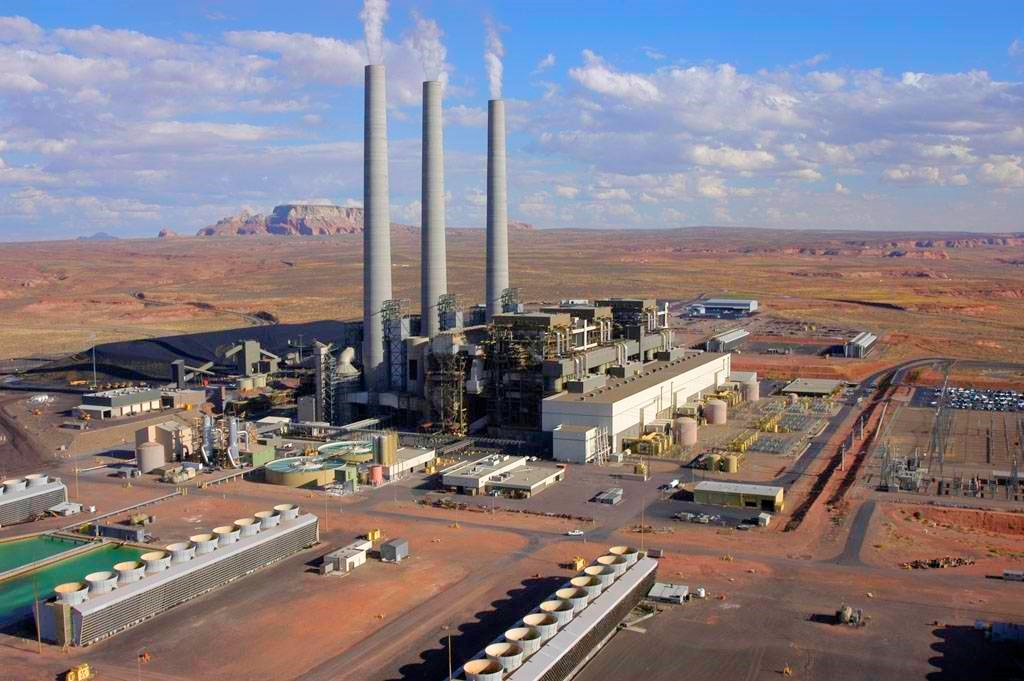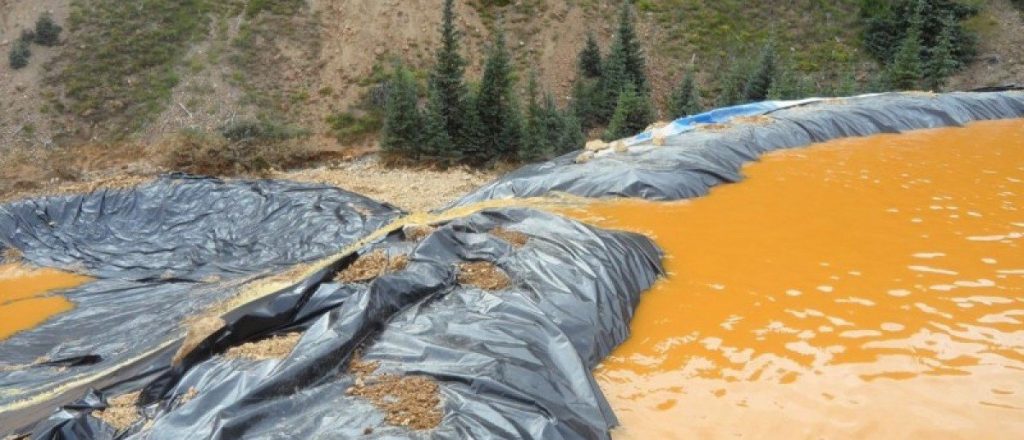…the RPC is comprised of tribal leaders, representatives from the energy industry, experts in engineering and energy extraction, elected and appointed leaders from energy-rich states, and attorneys with expertise in energy law.
by Marjorie Haun
On March 29 of this year, Interior Secretary Ryan Zinke chartered a new discretionary body titled the Royalty Policy Committee (RPC). Advisory in nature, this new committee has been formed to: provide advice to the Secretary, through the Assistant Secretary – Land and Minerals Management (ASLM), Assistant Secretary – Indian Affairs (ASIA), and the Director of the Office of Natural Resources Revenue (ONRR), on the fair market value of and on the collection of revenues derived from, the development of energy and mineral resources on Federal and Indian lands.
According to the Interior Department press release from September 1:
WASHINGTON – U.S. Secretary of the Interior Ryan Zinke today announced the appointment of 20 primary and 18 alternate members to the Department of the Interior’s Royalty Policy Committee (Committee) that will serve a critical role in advising the Secretary on policy and strategies to improve management of the multi-billion dollar, federal and American Indian mineral revenue program. The Committee’s first meeting will be held on Wednesday, October 4.
“Working closely with the Committee, we will come up with solutions for modernizing the management of public and American Indian assets, while building greater trust and transparency in how we value our nation’s public mineral resources,”said Secretary Zinke. “It’s important that the taxpayers and tribes get the full and fair value of traditional and renewable energy produced on public lands and offshore areas.”
The Committee may also advise the Secretary on the potential impacts of proposed policies and regulations related to revenue collection from energy and mineral development on public lands, including whether a need exists for regulatory reform. To underscore the Department’s commitment to reforming revenue management and royalty collections, the Committee, which may consist of up to 28 members, reflects the diverse perspectives of a wide-range of stakeholders, including representatives of western states and American Indian tribes that produce energy, energy stakeholders, academic groups and the general public, as well as Interior officials. Non-federal members will serve three-year terms.
Unlike many federal advisory committees populated by representatives from special interest groups, the RPC is comprised of tribal leaders, representatives from the energy industry, experts in engineering and energy extraction, elected and appointed leaders from energy-rich states, and attorneys with expertise in energy law.
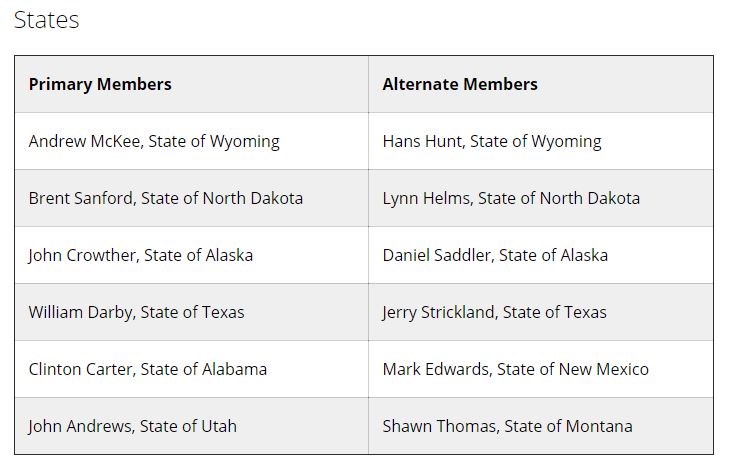
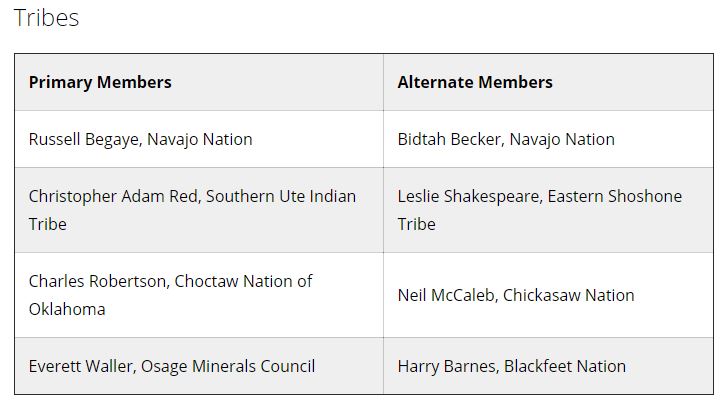
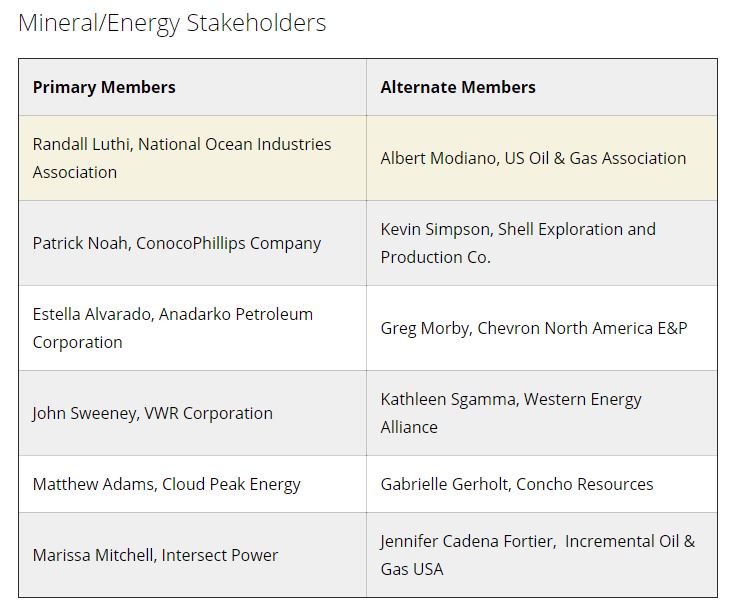
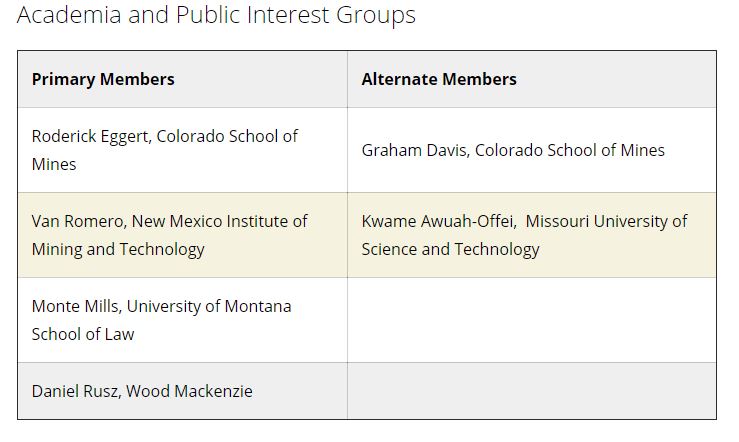
See the full press release here
Energy development has served as an essential economic driver on a number of Indian reservations, but has been stymied in recent decades by federal regulations, most notably, the Obama Administration’s war on coal. One example is the Navajo Generating Station (NGS) located on the Navajo Nation in northern Arizona. Doomed to permanent closure under Obama’s impossibly stringent EPA ‘clean air’ rules, NGS is currently slated to be decomissioned in less than two years. Navajo President, Russel Begaye, who is on the RPC, along with four utility owners, recently signed a lease intended to keep the NGS up and running through 2019. One of the largest power plants in the western United States, NGS provides hundreds of jobs to the Navajo Nation. Whether or not the RPC will revisit the planned shutdown of the NGS has yet to be seen, but the immediate influence of Begaye and other tribal leaders will likely have a positive impact, since coal, metal ores and other minerals are found on tribal lands throughout the western U.S.
Oil and gas development on tribal lands also has a tremendous economic impact. According to a report produced by the Bureau of Indian Affairs in 2013:
In 2012 alone, energy and mineral resources generated over $701 million in royalty revenue paid to Indian mineral owners. Income from energy and minerals is by far the largest source of revenue generated from Trust lands. In the last three years, DEMD working with BIA realty staff has assisted Tribes in the negotiation of 48 IMDA leases for oil and gas, totaling approximately 2,750,000 acres and about $45 million in bonuses (upfront payments). These leases have the potential to additionally produce over $20 billion in revenue to the Indian mineral owner over the life of the lease through royalties and working interests.
Additionally, the RPC charter indicates that the committee may suggest regulatory reform where needed. It states: At the request of the DFO, the Committee also will advise on the potential impacts of proposed policies and regulations related to revenue collection from such development, including whether a need exists for regulatory reform. Although President Trump is in the process of significantly reducing regulatory loads in the energy sector, even deeper regulatory rollbacks may be recommended by the RPC.
One of candidate Trump’s most popular promises to rural Americans was his pledge to protect and restore America’s energy sector jobs, as well as the nation’s preeminence in cutting-edge energy development. President Trump’s appointment of Ryan Zinke as Interior Secretary has actualized that promise to a greater degree than many dared hope. The Interior Department is guided by the President’s goal of making America both energy independent and a net energy exporter. Secretary Zinke’s, creation of this new advisory committee, charged with maximizing productive energy development on federal lands, is certainly in keeping with the promise to restore America’s energy jobs.
[paypal_donation_button]
Free Range Report
[wp_ad_camp_3]
[wp_ad_camp_2]
